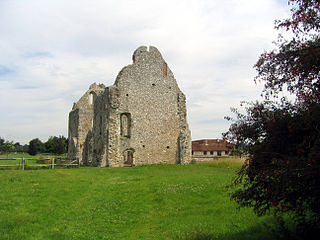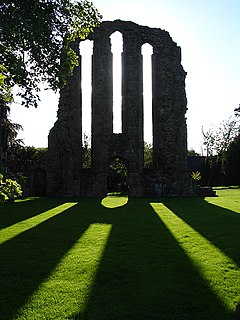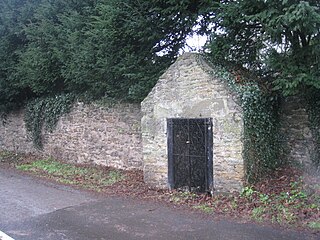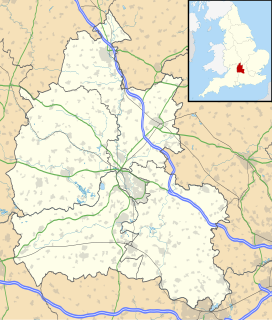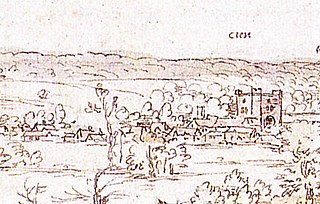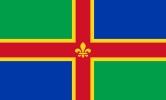Great Limber Priory, Limber Magna was a priory in Great Limber (or Limber Magna), Lincolnshire, England.

Great Limber is a village and civil parish in the West Lindsey district of Lincolnshire, England. The population of the civil parish at the 2011 census was 271. It is situated on the A18, 8 miles (13 km) west from Grimsby and 8 miles east from Brigg.
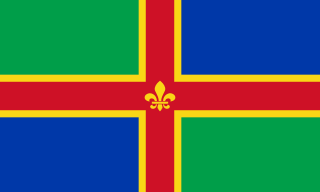
Lincolnshire is a county in eastern England, with a long coastline on the North Sea to the east. It borders Norfolk to the south east, Cambridgeshire to the south, Rutland to the south west, Leicestershire and Nottinghamshire to the west, South Yorkshire to the north west, and the East Riding of Yorkshire to the north. It also borders Northamptonshire in the south for just 20 yards (18 m), England's shortest county boundary. The county town is the city of Lincoln, where the county council has its headquarters.

England is a country that is part of the United Kingdom. It shares land borders with Wales to the west and Scotland to the north-northwest. The Irish Sea lies west of England and the Celtic Sea lies to the southwest. England is separated from continental Europe by the North Sea to the east and the English Channel to the south. The country covers five-eighths of the island of Great Britain, which lies in the North Atlantic, and includes over 100 smaller islands, such as the Isles of Scilly and the Isle of Wight.
The manor and church of Great Limber were granted by Richard de Humet, constable of Normandy, France, and Agnes his wife, to the Cistercian abbey of Aunay in Normandy, and their charter was confirmed by King Henry II in 1157. It is uncertain whether it was a priory or a grange. The manor and church were sold by the abbot of Aunay in 1393 to the priory of St. Anne at Coventry. [1]

Aunay-sur-Odon is a former commune in the Calvados department in the Normandy region of north-western France. On 1 January 2017, it was merged into the new commune Les Monts d'Aunay.

A priory is a monastery of men or women under religious vows that is headed by a prior or prioress. Priories may be houses of mendicant friars or nuns, or monasteries of monks or nuns. Houses of canons regular and canonesses regular also use this term, the alternative being "canonry".

Coventry is a city and metropolitan borough in the West Midlands, England.
see also
